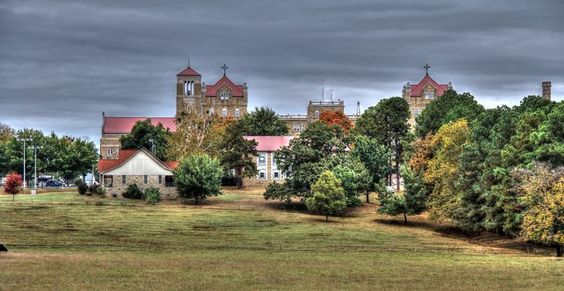By Dr. Curtis Varnell
The morning sun was burning through the mist as I traveled east on highway 22. My guest, a fellow teacher from Idaho, was amazed as the saw the medieval towers and spires poking through the clouds. “A castle in Arkansas,” he asked in amazement? Growing up in the area, it was just part of the landscape, something I passed without notice daily. Indeed, beautiful and inspiring, Subiaco academy and monastery stands as a testament to the faith and hard work of the German population living in the area.
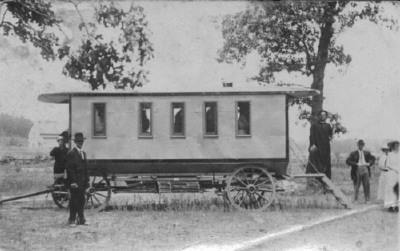
Railroads acquired huge tracts of land as compensation for laying track across America. Much of the land was unpopulated and virtually worthless tracts that lacked development. Recognizing the industrious nature of the German Catholic population, the Little Rock and Fort Smith Railroad Company decided to entice immigration by establishing a church and monastery to build near their line. A masterful plan, not only would they sale land to the immigrants but would establish a community which would require the transportation of goods and people to the outside world for perpetuity.
Working with the Benedictine order of St. Meinrad Abbey in Indiana, the railroad convinced the order to send a delegation to build in the area. In 1877, Father Isidor Hobi was sent to explore the area and he sent back glowing reports about the region. His superior, Father Wolfgang Schlumpf was not quite as impressed with the wild, tangled forest offered them by the railroad when he arrived, nevertheless, construction began and church services were provided for the 30 or so families living in the area.
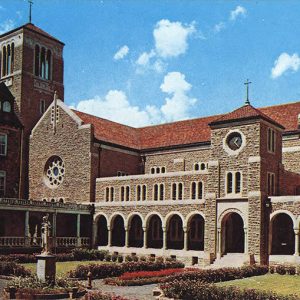
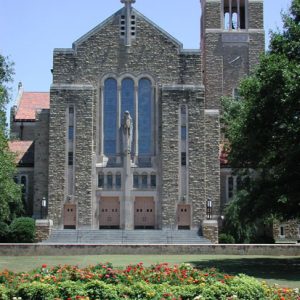
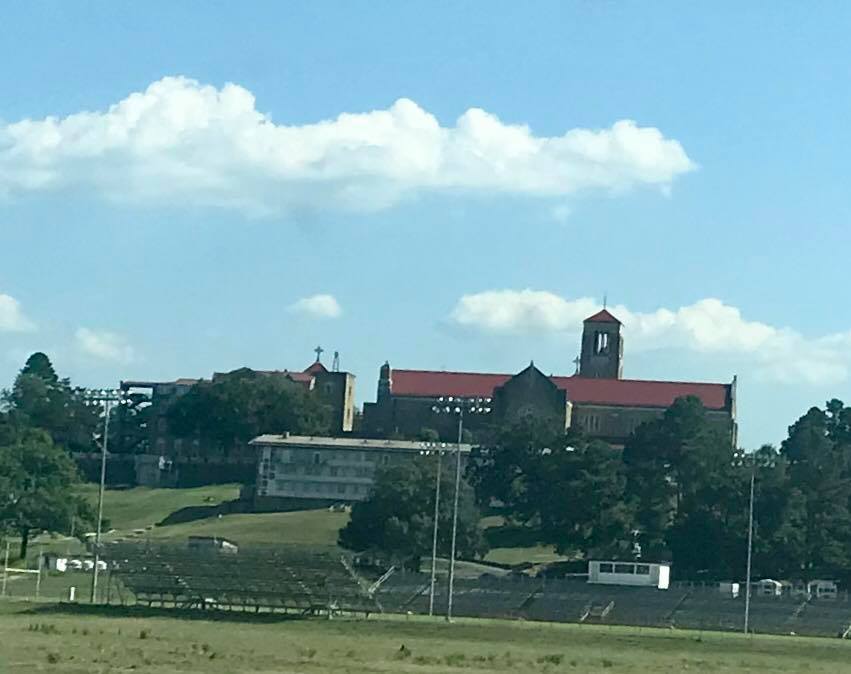
The monks and settlers cut native stone and timber to construct the first building on site. By 1891, Pope Leo XIII was able to raise the status of the Priory to the rank of abbey. A new monastery was built in 1901 after the first monastery was destroyed by fire. That monastery, even though it also suffered a devastating fire in 1927, still stands in the present location atop a small hill overlooking Subiaco and the surrounding valley.
The industrious monks soon added other building and facilities around the central church. Housing some fifty monks, the monastery now raises cattle, operates a sawmill, keeps a vineyard and brew house, and make and sale their own Monk sauce. Brethren assist and minister to the area churches and many assist in teaching at Subiaco Academy, an all-boys school for high school students located adjacent to the church.
My friend, a devout Catholic, wanted to visit. Setting up a tour was an easy matter and one obviously enjoyed by our guide as much as by my friend. I was somewhat abashed because I had only visited once before, a wedding of a friend. St. Benedicts church, the face of the abbey, is a beautiful cut sandstone building with the soaring towers that my friend first noticed. Inside are soaring ceilings, a bubbling baptistery, and huge pipe organs illuminated by beams of light entering through the stained glass windows. It was also the site of a visit by former President Clinton during the wedding of a friend as well as by other notables from around the country. The museum was of special interest. It contained not only material related to the church, but items shared by the early settlers of the area. The courtyard, a beautiful garden lawn bursting with flowers, is well worth the visit.
Coury house, located on the premises, offers private retreats and meeting places for groups and organizations. If you’re lucky, you might visit on a day the abbey and school are hosting a jazz night, a play, or a performance by the Subiaco Academy band. The surrounding communities contain many old barns and homes of German construction. Just up the road is the Cowie winery with its huge collection of church bells from around the world. The abbey, located about six miles east of Paris, it’s a great place to visit and learn about the influence of German culture on the history of our state.

